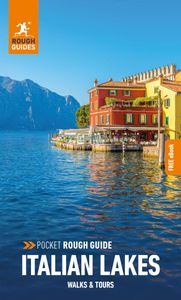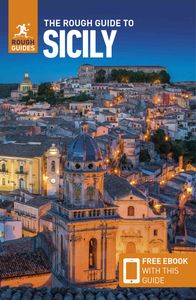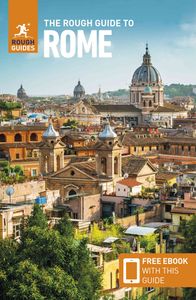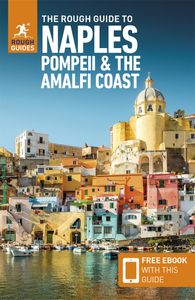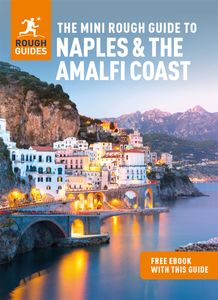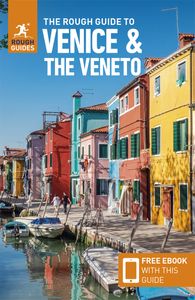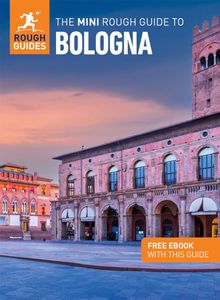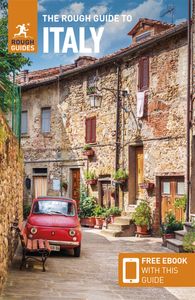Best areas to stay in Pompeii
There are a few hotels in the town of Pompeii, but most visitors will stay elsewhere and travel in on a day trip.
Naples
Accommodation prices in Naples may come as a refreshing change after the north of Italy, but they’re still not cheap, and you need to choose carefully from among the budget options around Piazza Garibaldi. A better bet is the lively and more atmospheric centro storico, with its good supply of boutique hotels and small B&Bs.
Sorrento
Topping the rocky cliffs close to the end of its peninsula, 25km south of Pompeii, Sorrento is the last town of significance on the southern side of the bay and is solely and unashamedly a resort. Nowadays it’s a strictly package-tour territory, with plenty of hotels and a good range of guesthouses. You can bag a bargain here as well.
Browse the best hotels near Pompeii.
Things to know before visiting Pompeii
Entrance fee
Entry tickets for Pompeii cost €19 and include entry to Villa Regina in Boscoreale. Entry for Villa Of Poppea – Oplontis is €6 and for Libero D'orsi Archaeological Museum Of Stabia is €7.
Free entry to Pompeii
Entry is free on the first Sunday of the month. Note that numbers are restricted to ensure a good flow of visitors through the site. Ticket desks shut for an hour if 15,000 visitors arrive before noon.
Opening hours
Pompeii is open daily from 9am to 5pm. Note, however, the last permitted entry is 3.30pm. The last entry for some of the villas, like Villa Regina (Boscoreale), Villa Arianna, Villa San Marco (Stabiae), and Villa Of Poppea is 4pm.
Guided tours
To be sure of seeing as much as possible you could consider taking a tour, although one of the pleasures of Pompeii is to escape the hordes and absorb the strangely still quality of the town, which, despite a large number of visitors, it is quite possible to do.
You can request a tour from either the Piazza Esedra or Porta Marina entrances anytime between 9am and 2pm. One benefit of a tour, if you group is small, is that staff use their discretion as to whether you can enter some of the smaller, often locked, buildings.
Dress code
Pompeii does have a dress code. You won't be allowed to enter Pompeii in revealing clothing like swimwear or if you're shirtless. Visitors can't enter in ceremonial clothing either, such as masks and costumes. Travellers are also asked not to bring large backpacks, umbrellas or suitcases. The largest bag size allowed is 30x30x15 cm).
RoughGuides tip: There is a free storage area for oversized bags at the entrance.













